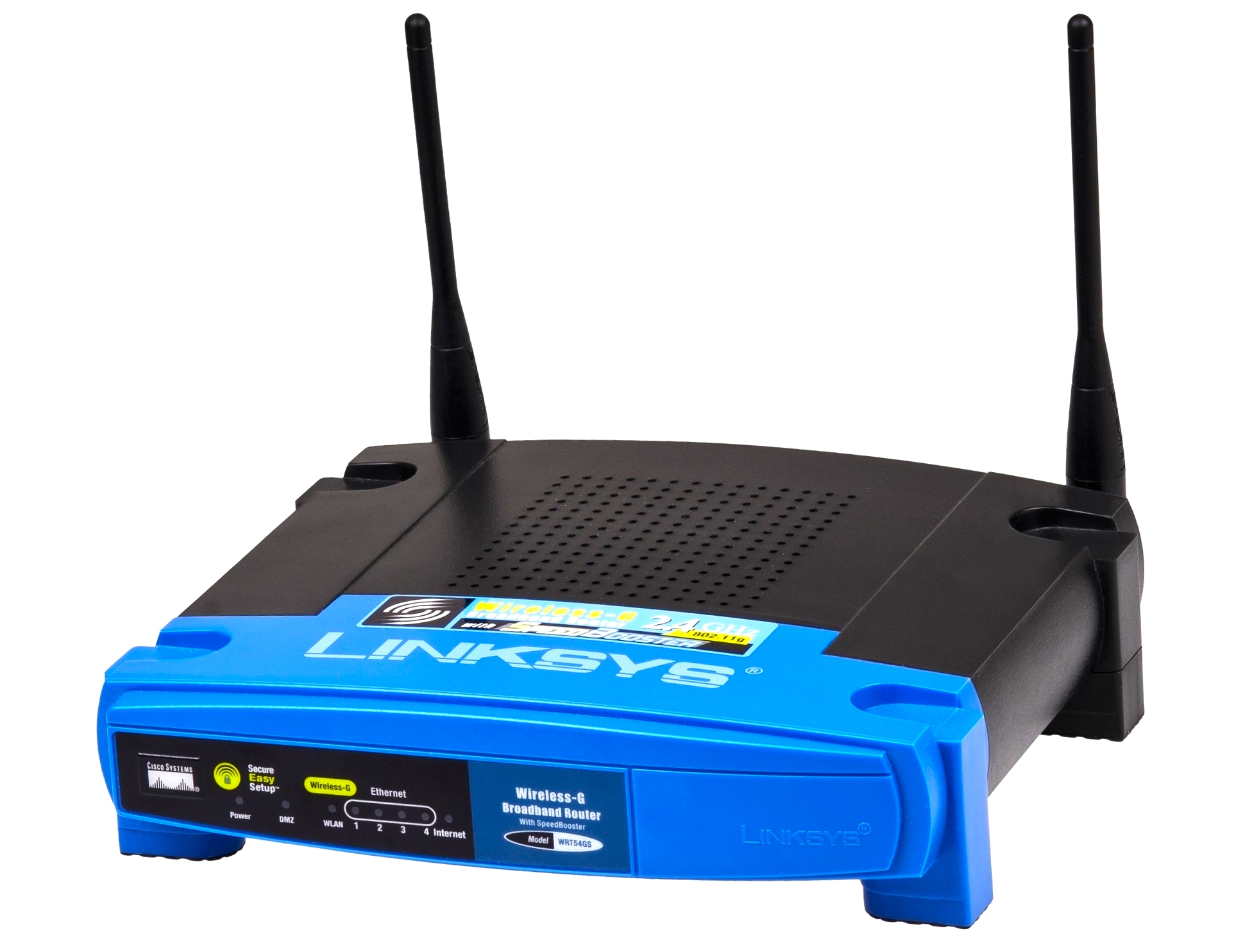RemoteIoT behind router example has become a crucial topic in the world of IoT (Internet of Things) as more devices are connected through networks and require secure, efficient configurations. Whether you're a developer, a network administrator, or simply an enthusiast, understanding how to set up and manage IoT devices behind routers can significantly enhance your network's performance and security. In this article, we will delve into the intricacies of RemoteIoT configurations, providing you with actionable insights and practical examples.
As the Internet of Things continues to expand, managing devices remotely is no longer a luxury but a necessity. This guide explores the technical aspects of configuring IoT devices behind routers, including port forwarding, NAT traversal, and security best practices. By the end of this article, you will have a solid understanding of how to implement remote IoT setups effectively.
Our focus is to provide a detailed explanation of the concept, supported by practical examples and expert insights. This article aims to cater to both beginners and advanced users, ensuring that everyone can benefit from the knowledge shared. Let's dive in!
Read also:Red Sox Statistics A Comprehensive Analysis Of Bostons Baseball Legacy
Table of Contents:
- Introduction to RemoteIoT
- Understanding Networking Basics
- RemoteIoT Configuration Behind Router
- Port Forwarding for RemoteIoT
- NAT Traversal Techniques
- Security Best Practices
- Tools and Software for RemoteIoT
- Case Studies and Real-World Examples
- Troubleshooting Common Issues
- Future Trends in RemoteIoT
Introduction to RemoteIoT
RemoteIoT refers to the practice of managing and controlling IoT devices from a remote location. This setup is particularly useful in scenarios where physical access to the device is not feasible or convenient. The term "remote IoT behind router example" highlights the importance of configuring devices to work seamlessly within a network infrastructure.
In this section, we will explore the fundamental concepts of RemoteIoT, including its applications and benefits. Whether you're using IoT devices for home automation, industrial monitoring, or smart agriculture, understanding how to configure these devices remotely is essential for optimal performance.
Applications of RemoteIoT
RemoteIoT has a wide range of applications across various industries:
- Home Automation: Control smart home devices such as thermostats, lighting, and security systems from anywhere.
- Industrial IoT: Monitor and manage industrial equipment remotely to ensure efficiency and safety.
- Healthcare: Use IoT devices for remote patient monitoring, enabling timely interventions and improved healthcare delivery.
Understanding Networking Basics
Before diving into the specifics of RemoteIoT behind router example, it's crucial to understand the basics of networking. A router acts as the gateway between your local network and the internet, managing data flow and ensuring secure communication.
Key networking concepts include:
Read also:Maximilian David Anthony A Comprehensive Guide To His Life And Achievements
- IP Addressing: Understanding public and private IP addresses is fundamental to configuring IoT devices.
- Subnetting: Dividing a network into smaller subnets improves efficiency and security.
- Ports: Ports are used to identify specific processes or services on a device.
Router Functions in Networking
Routers perform several critical functions, including:
- Packet Forwarding: Directing data packets to their intended destination.
- NAT (Network Address Translation): Allowing multiple devices to share a single public IP address.
- Firewall Protection: Ensuring that only authorized traffic enters or leaves the network.
RemoteIoT Configuration Behind Router
Configuring IoT devices behind a router involves several steps, each critical to ensuring seamless communication. The process typically includes setting up port forwarding, enabling NAT traversal, and securing the connection.
Keyword: remoteiot behind router example - This example demonstrates how to configure an IoT device behind a router for remote access.
Step-by-Step Configuration
Follow these steps to configure your IoT device:
- Identify the local IP address of your IoT device.
- Log in to your router's admin interface.
- Set up port forwarding to direct incoming traffic to the IoT device.
- Test the connection to ensure proper functionality.
Port Forwarding for RemoteIoT
Port forwarding is a technique used to direct incoming network traffic to a specific device on your local network. This is essential for enabling remote access to IoT devices.
Keyword Variation: remote iot port forwarding example - This example illustrates how to set up port forwarding for an IoT device.
Best Practices for Port Forwarding
When setting up port forwarding, consider the following best practices:
- Use secure ports to minimize security risks.
- Limit access to specific IP addresses if possible.
- Regularly review and update your port forwarding rules.
NAT Traversal Techniques
NAT traversal techniques are used to establish direct connections between devices across different networks. These techniques are particularly useful in RemoteIoT setups.
Keyword Variation: remote iot nat traversal example - This example demonstrates how to implement NAT traversal for IoT devices.
Common NAT Traversal Methods
Some of the most common NAT traversal methods include:
- UPnP (Universal Plug and Play): Automatically configures port forwarding.
- Hole Punching: Establishes peer-to-peer connections through NAT.
- Relay Servers: Use intermediary servers to facilitate communication.
Security Best Practices
Security is a top priority when configuring IoT devices for remote access. Implementing robust security measures can protect your devices and data from unauthorized access.
Keyword Variation: secure remote iot example - This example highlights the importance of security in RemoteIoT configurations.
Key Security Measures
Consider the following security measures:
- Use strong, unique passwords for all devices.
- Enable encryption for data transmission.
- Regularly update firmware and software to patch vulnerabilities.
Tools and Software for RemoteIoT
Several tools and software solutions can simplify the process of configuring and managing IoT devices remotely. These tools often provide advanced features such as monitoring, analytics, and automation.
Keyword Variation: remote iot tools example - This example showcases some of the best tools for RemoteIoT management.
Popular Tools
Some of the most popular tools include:
- MQTT: A lightweight protocol for IoT communication.
- Node-RED: A visual tool for wiring together IoT devices.
- Home Assistant: A platform for managing smart home devices.
Case Studies and Real-World Examples
Real-world examples provide valuable insights into the practical applications of RemoteIoT. These case studies demonstrate how organizations and individuals have successfully implemented remote IoT setups.
Keyword Variation: remote iot case study example - This example explores a successful RemoteIoT implementation in the agriculture sector.
Example: Smart Agriculture
In one case study, a farmer used IoT sensors to monitor soil moisture levels remotely. By configuring the sensors behind a router, the farmer could access real-time data from anywhere, optimizing irrigation schedules and improving crop yield.
Troubleshooting Common Issues
Despite careful planning, issues can arise when configuring IoT devices for remote access. Troubleshooting these problems requires a systematic approach and a thorough understanding of the underlying technology.
Keyword Variation: remote iot troubleshooting example - This example outlines common issues and their solutions.
Common Issues and Solutions
Some common issues include:
- Connection Failures: Check port forwarding settings and ensure the device is online.
- Security Alerts: Verify that all security measures are in place and update them if necessary.
- Performance Degradation: Optimize network settings and reduce unnecessary traffic.
Future Trends in RemoteIoT
The future of RemoteIoT looks promising, with advancements in technology driving innovation and efficiency. Emerging trends such as edge computing, 5G connectivity, and AI integration are set to revolutionize the way we manage IoT devices remotely.
Keyword Variation: future of remote iot example - This example explores how emerging technologies will shape the future of RemoteIoT.
Innovative Technologies
Some of the most exciting technologies include:
- Edge Computing: Processing data closer to the source for faster response times.
- 5G Connectivity: Enabling faster and more reliable communication.
- AI Integration: Enhancing automation and decision-making capabilities.
Kesimpulan
In conclusion, understanding and implementing RemoteIoT behind router example is essential for anyone working with IoT devices. By following the steps outlined in this guide, you can configure your devices securely and efficiently, ensuring optimal performance and security.
We encourage you to share your thoughts and experiences in the comments section below. Additionally, feel free to explore other articles on our site for more insights into IoT and networking. Together, let's build a smarter, more connected world!

